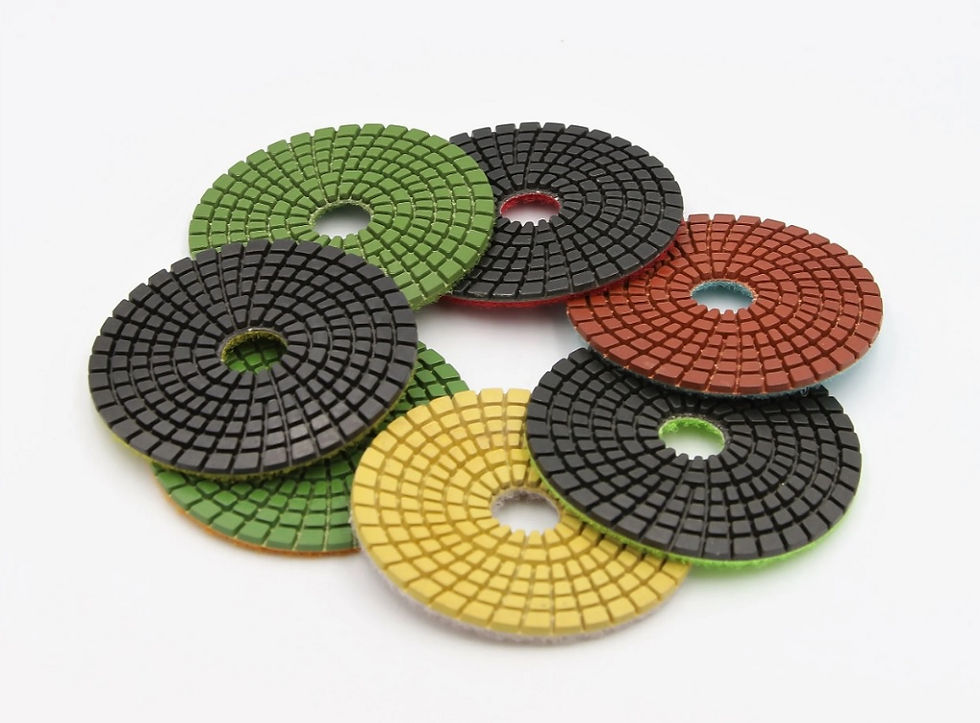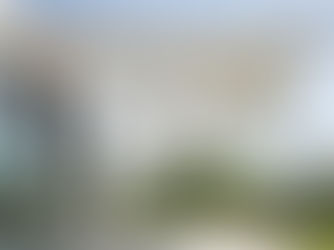Exploring the Art and Science of Car Painting
- Katie Moroney
- Jan 6, 2024
- 3 min read
Updated: Jun 13
Have you ever stood in awe, marvelling at a car's lustrous coat of paint? Have you ever wondered how each vehicle, regardless of make or model, achieves a near-flawless finish? Or perhaps, you’ve considered how technology has revolutionised the world of car painting, allowing bespoke colours and finishes? In this blog post, we will peel back the proverbial layer of car paint to explore the fascinating blend of artistry and technology in car painting.
We aim to shed light on the factors that contribute to the stunning exterior of every automobile that rolls off the production line. We will delve into the science of the paints used, the artistic flare that goes into each application, and the innovative technology that ensures accuracy and consistency in every coat applied.
Dive with us into the world of car painting - a domain where chemistry, creativity, technology and meticulous precision coalesce to produce breathtaking results; where the old and new are harmoniously intertwined in the pursuit of automobile beauty.

Understanding the Composition of Car Paint
Automobile paint is far more than a mere blend of pigments. It is a complex concoction, comprising pigments for colour, resins for durability, and additives for specific properties like UV protection and quick drying. There's a lot of chemistry behind creating car paints that not only look good but can withstand daily wear and harsh weather conditions.
Beyond being just aesthetically pleasing, modern car paints also serve as a protective layer against external damaging factors. For instance, metallic paints contain minute flakes that provide a brilliant shimmering effect but also help neutralize rust formation.
The Artistry That Plays Behind
At the core of every perfectly painted car is an artist, masterfully blending colours and employing techniques to create a seamless finish. Their deftness is visible in transitions between colours, in the evenness of layers applied, and in the meticulous touch-ups that conceal minor flaws.
Tied to this artistry is creativity. Many of today’s most coveted car paint colours began as daring experiments in colour mixing. The interplay of lights and shadows, reflections and shades requires a keen eye for detail and an inherent understanding of how colours work together – making car painting an undeniably artistic endeavour.
The Influence of Technology
Technology has greatly influenced the field of car painting, enhancing both the efficiency and quality of output. Modern tools such as the electrostatic spray painting system, ensure an even application of paint as it binds the paint to metal using electric charge, reducing wastage.
Advanced software systems also enable consistency in mixing exact hues, and robotic arms provide uniform precision in the application of paint layers, ensuring that each car looks like the one before and after it.

The Environmental Footprint
Car painting, like many manufacturing processes, has its environmental concerns. However, steps are being taken to minimize the environmental footprint. One of these steps is the transition from solvent-borne paints to waterborne paints, which release lesser volatile organic compounds (VOCs) into the atmosphere.
The Pros and Cons of Car Painting
A well-executed paint job elevates a car's visual appeal, adds to its value, and provides a protective barrier against external elements. On the downside, a car paint job can be costly, time-consuming, and if not maintained properly, can degrade over time.
The Future of Car Painting
The world of car painting is certain to keep evolving, pushed forward by technology and a deeper scientific understanding. From self-healing paints that repair scratches automatically to smart paints that change their colour at the touch of a button - the future of car painting indeed looks promising.
Conclusion
In this journey through the fascinating world of car painting, we explored how a blend of art, science and technology work together to create stunning car exteriors. We've learnt that car painting extends beyond aesthetics to durability and protection, how modern technology aids in accuracy and consistency, and how the industry is making strides in reducing its environmental footprint?
Car painting is a testament to human ingenuity, demonstrating how technology can amplify artistic expression and the perfect interplay of colours. As we look into the future, we anticipate further advancements that will continue to enhance this sphere of automobile beauty.



















Comments